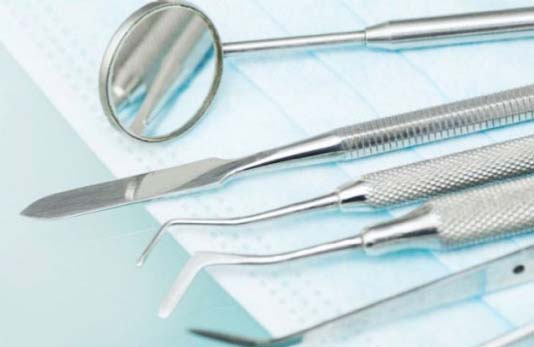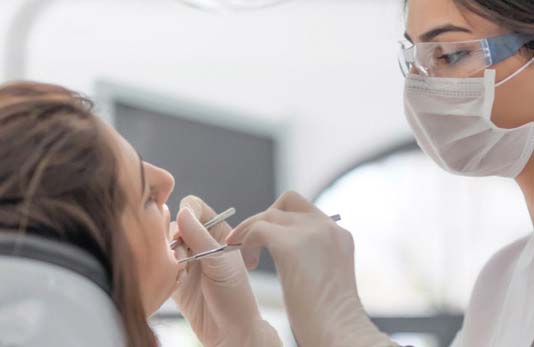Are oral health issues genetic?
5 conditions that can run in the family

Your parents may have given you more than just your eye color and your sense of humor. You might also have inherited an increased risk for dental problems.
Yes, dental issues can run in the family. And it’s not just because you’ve learned bad habits from your family, or passed on oral bacteria by sharing silverware. Many oral health conditions have a hereditary basis. That means you may be at higher risk for developing certain conditions, regardless of your dental health habits.
To get a better picture of your risks, find out if your relatives have a history of any of the following conditions.
1. Periodontal (gum) disease
Up to 30% of the population may be genetically predisposed to gum disease. Characterized by sensitive and inflamed gums, this common problem is linked to decay and, when left untreated, can result in tooth and bone loss.
Early diagnosis and treatment can go a long way in protecting your gums and teeth. Is gum disease a problem your family members have struggled with? Make sure to mention it to your dentist.
2. Tooth decay
Got cavities? Your ancestors may be to blame. Certain variations of the gene beta-defensin 1 (DEFB1) are linked to a greater risk of cavities in permanent teeth.
If your teens are at high risk for cavities, talk to their dentist about sealants and fluoride treatments. Adults with a high risk of tooth decay may benefit from prescription toothpastes or mouth rinses. And make sure to visit the dentist for frequent cleanings and exams. If left untreated, tooth decay can aggravate gum disease and eventually cause tooth loss.
3. Oral cancer
This deadly disease is responsible for the deaths of thousands of Americans every year. Although lifestyle choices, such as tobacco and alcohol use, are the top risk factors for oral cancer, genetics can also play a minor role. People carrying certain genetic markers have been found to have a higher risk of developing the disease.
You can lower your risk by quitting tobacco, cutting back on alcohol and eating a balanced diet.
4. Misaligned teeth
If you need braces, you’re probably not the only one in the family. Genetics play a major role in determining the size of your jaw. This, in turn, can cause crowding, gaps, overbites and underbites.
If tooth misalignment is a common problem in your family, don’t wait to find an orthodontist for your child. Early orthodontic treatment can benefit many young patients, allowing developing bones and teeth to grow in properly and prevent more serious problems down the road.
5. Cleft lip or cleft palate
A common birth defect, cleft lip or palate occurs when the sides of the lip and roof of the mouth don’t fuse together properly. Genetics can be a factor: Babies of Asian, Latino and Native American descent are the most likely to be born with a cleft, as are children whose parents themselves had cleft lip or palate.
Last updated February 4, 2022
Related articles:
The oral health information on this website is intended for educational purposes only. Always consult a licensed dentist or other qualified health care professional for any questions concerning your oral health.


